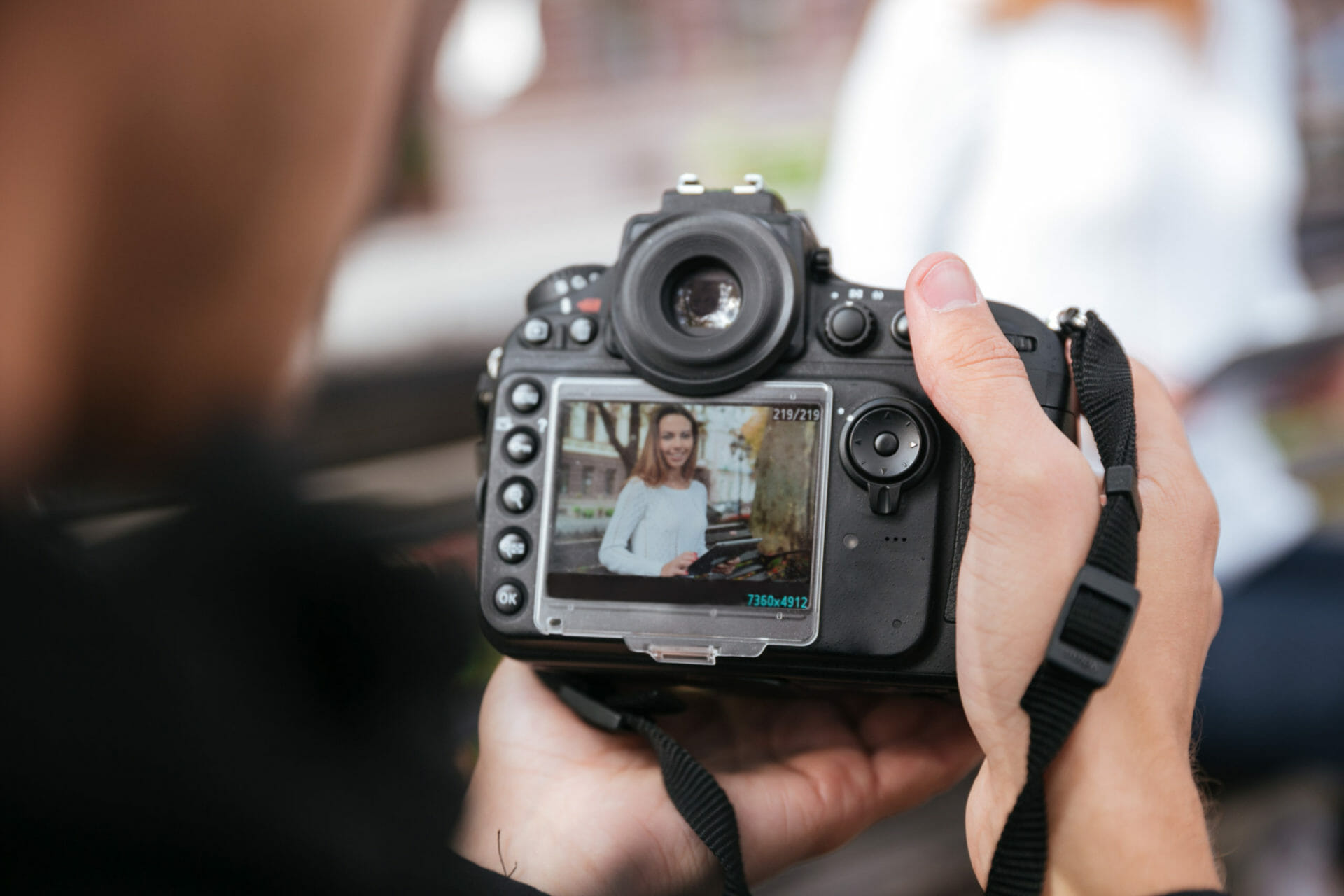Photography 101

There is no way we can explain photography in one article, so we won’t even try. Photography is a skill that takes time, practice and let’s be honest, a big budget. But before we get too deep in the heavy ins and outs of photography, let's keep it basic with some of the things you will notice when you turn on the camera. Mainly, the settings and what they mean.
Aperture
This is the amount of light that can pass through the opening on the lens. When you change the aperture size, you change the amount of light that can pass through. Aperture is measured in units called f-stops. The smaller the f-stop the larger the opening, meaning more light will come in. And vice-versa, the larger the f-stop, the smaller the opening and the less amount of light coming through. So, the opposite of what you would think. Aperture also determines the depth of field, which we will talk about later.
Shutter Speed
Shutter speed refers to how quickly you want your camera’s shutter to allow light in. Your camera will tell your speed, for example, 1/250, which is how long it will stay open for. The height the number, the quicker the speed will go, letting less light in. 1/4000 would be so very fast letting in very little light, while 1/2 will let in a lot of light and click very slowly. Shutter speed is great for fast-moving objects, like sports, racing and even pets and kids. You can experiment with shutter speed to create long-exposure photography, popular with light trails and moving water.
ISO
More technically known as International Organization for Standardization, ISO controls how the sensor on your camera responds to the light it is receiving from both the shutter and aperture. The higher the ISO the brighter the image, the lower, the darker. ISO is more difficult to manage because there isn’t as much of an art to it, but it's best to keep it low to avoid noise. Plus, it’s always easier to fix an under-exposed image in post (aka editing), rather than fixing one that is over-exposed.
Automatic
This is a mode on your camera for beginners to start. In the auto mode, the camera will decide which settings will work best in the situation you are in. Once you get more experienced, will honestly be able to better judge than the camera and be able to move into another mode.
Manual
In this mode, you are in charge of choosing all settings. You get to pick each setting for every step from aperture to ISO and beyond. This mode requires the most photography knowledge.
AV
More professionally known as Aperture Priority this mode you choose your aperture length and the camera will adjust the rest of the setting accordingly to get the proper exposure. This one is great for when you want to great create with your depth of field.
TV
Also known as Shutter Speed Priority just like the AV mode, as the photographer you choose one setting, in this case, you pick your shutter speed and then from there the camera will pick the rest. This one is great for when you are taking pictures of subjects in motion.
Focal Length
Depending on your environment and what kind of photo you want to take, you can change your focal lengths. Each lens has a different focal length, it can be macro, wide, standard, telephoto and even more super-telephoto.
Depth of Field:
Depth of field (DOF), is simply how much depth will be in the photo. If the image has a large DOF then pretty much everything will be in focus, while if it has a shallow depth of field, then the sharpest point of your photo will be focused on the main part of the image, with everything else blurred away. To achieve a shallow DOF, choose a small f-stop (meaning the aperture Is larger) and to choose a large DOF do the opposite by choosing a larger number (smaller aperture).
Follow along as we go more in-depth into the many different features, tips and tricks on photography and even the differences in taking photos on your phone versus your camera. We can also tackle the different types of cameras and which modes and lenses work best for each kind of photo.